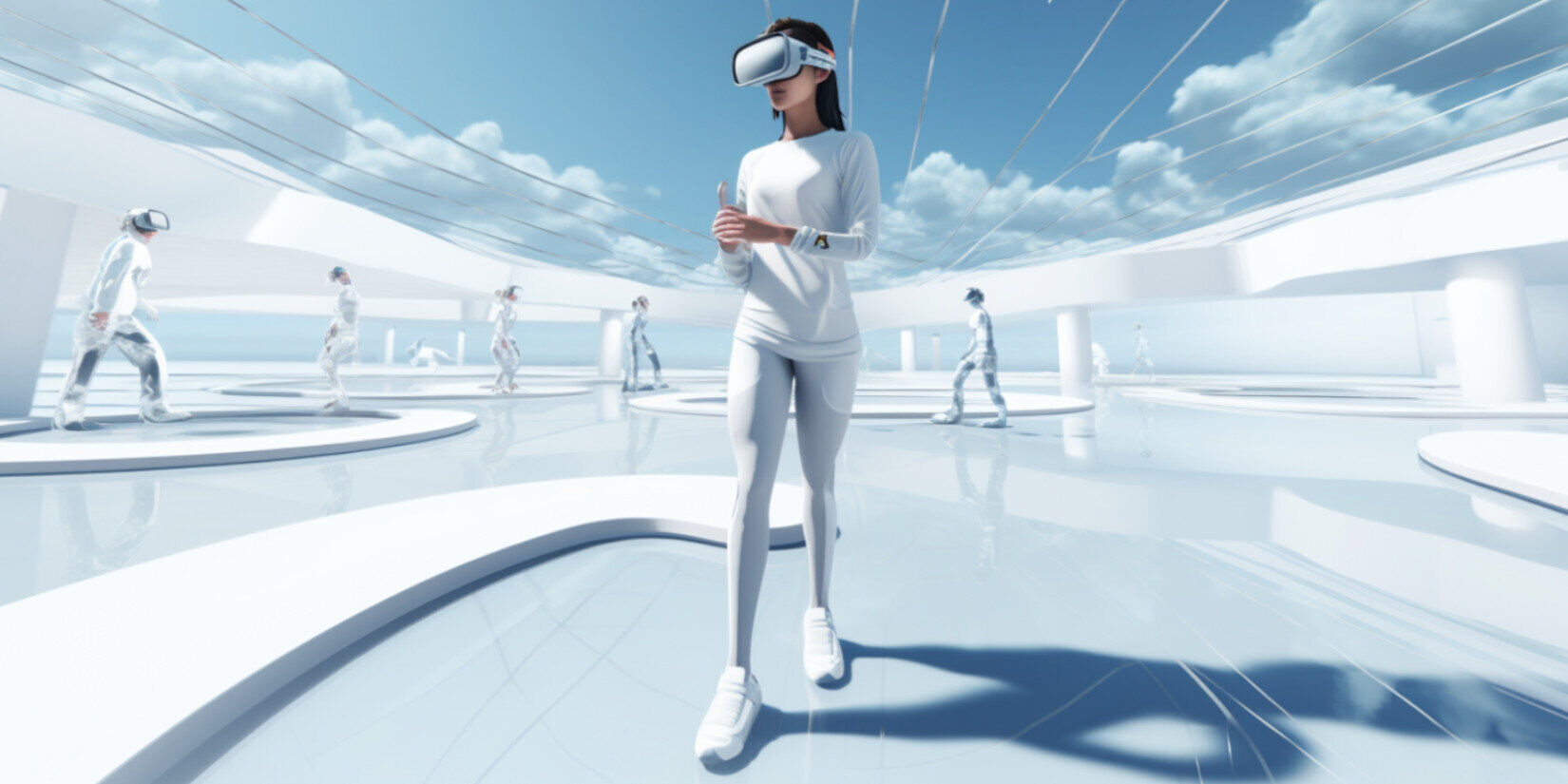In the digital age, the connection between sports, fitness and technology is more pronounced than ever. Unprecedented advances in artificial intelligence (AI) and immersive technologies have been at the forefront of transforming various industries, and sports and fitness are no exception. One of the significant breakthroughs was the introduction of Virtual AI Assistants in 3D virtual reality environments for training and exercises. This technology revolution has empowered individuals and organizations to reach new levels of performance and create immersive, engaging, and personalized experiences.
Virtual AI Assistants combined with 3D environments have enabled the emergence of a holistic virtual training environment where users can experience an immersive workout or sports training. This blend of virtual reality (VR), AI, and 3D modeling offers a wealth of benefits ranging from convenience to personalization, customization, and performance analytics.
Virtual AI Assistants and 3D Virtual Reality Environments: A powerful combination
Virtual AI Assistants are intelligent systems designed to interact with users, provide guidance, and adapt to their needs and preferences. In sports and fitness, these AI-based virtual assistants can provide personalized coaching, give real-time feedback, and modify workout plans based on the user’s progress. They act like personal trainers, providing instruction, correction and motivation throughout the training session.
Combined with 3D environments, these assistants provide a visually rich, immersive experience that closely resembles real-world conditions. The use of VR technology allows users to interact with their environment, with 3D models and simulations enhancing this sense of immersion. This combination has ushered in a shift from traditional training methods and ushered in a new era of digital fitness.
Convenience and flexibility
One of the main benefits of using Virtual AI Assistants in 3D worlds for sports and fitness training is the unprecedented convenience and flexibility they offer. Physical limitations are no longer a barrier, and workouts can be done anywhere, anytime. Individuals no longer have to adjust their schedules based on gym hours or personal trainer availability. The virtual training environment is available around the clock and adapts to even the most hectic schedules.
In addition, the need for physical equipment is significantly reduced or even completely eliminated in many cases. The 3D virtual reality environments can simulate any equipment or environment needed for the workout, from a fully equipped gym to a quiet yoga studio or even a mountainous landscape for a virtual run.
Personalization and customizability
Virtual AI Assistants are capable of delivering highly personalized training experiences. They can adapt to the fitness level, goals and preferences of each user. For example, if a user places more emphasis on strength training, the AI can create a customized workout plan that focuses on that aspect. If the user’s goal is to improve cardiovascular fitness, the AI can adjust the workout accordingly.
In addition, the AI learns and evolves as the user progresses and makes necessary adjustments to the training plan. She can increase the intensity of workouts, introduce new exercises or modify existing ones to ensure continued progress. This level of personalization and adaptability is often difficult to achieve with traditional training methods.
Performance analysis and feedback
With built-in analytics, Virtual AI Assistants can track and analyze user performance in real time. You can monitor variables such as heart rate, calories burned, form and consistency, providing valuable insight and feedback. Users can see their progress over time and understand how their performance affects their fitness goals.
The real-time feedback feature of these AI virtual assistants also allows for instant corrections during workouts. For example, if the user’s form is incorrect during an exercise, the AI can notice this and provide guidance on how to correct it. This immediate feedback helps prevent injuries and ensure the effectiveness of the workout.
Future prospects
The integration of Virtual AI Assistants and 3D virtual reality environments for sports and fitness training is just the beginning. As technology advances, we can expect even more immersive and personalized experiences. For example, the addition of haptic feedback technologies could make 3D virtual reality environments even more realistic and improve the overall user experience.
In addition, we could also see advances in social functions within these virtual training environments. Users could have the ability to train with friends in a virtual room or attend classes taught by virtual AI instructors with participants from around the world. This could potentially create a global community of fitness enthusiasts, further enhancing the motivational aspect of virtual training
Need help implementing a Virtual AI Assistant? Contact us now.
